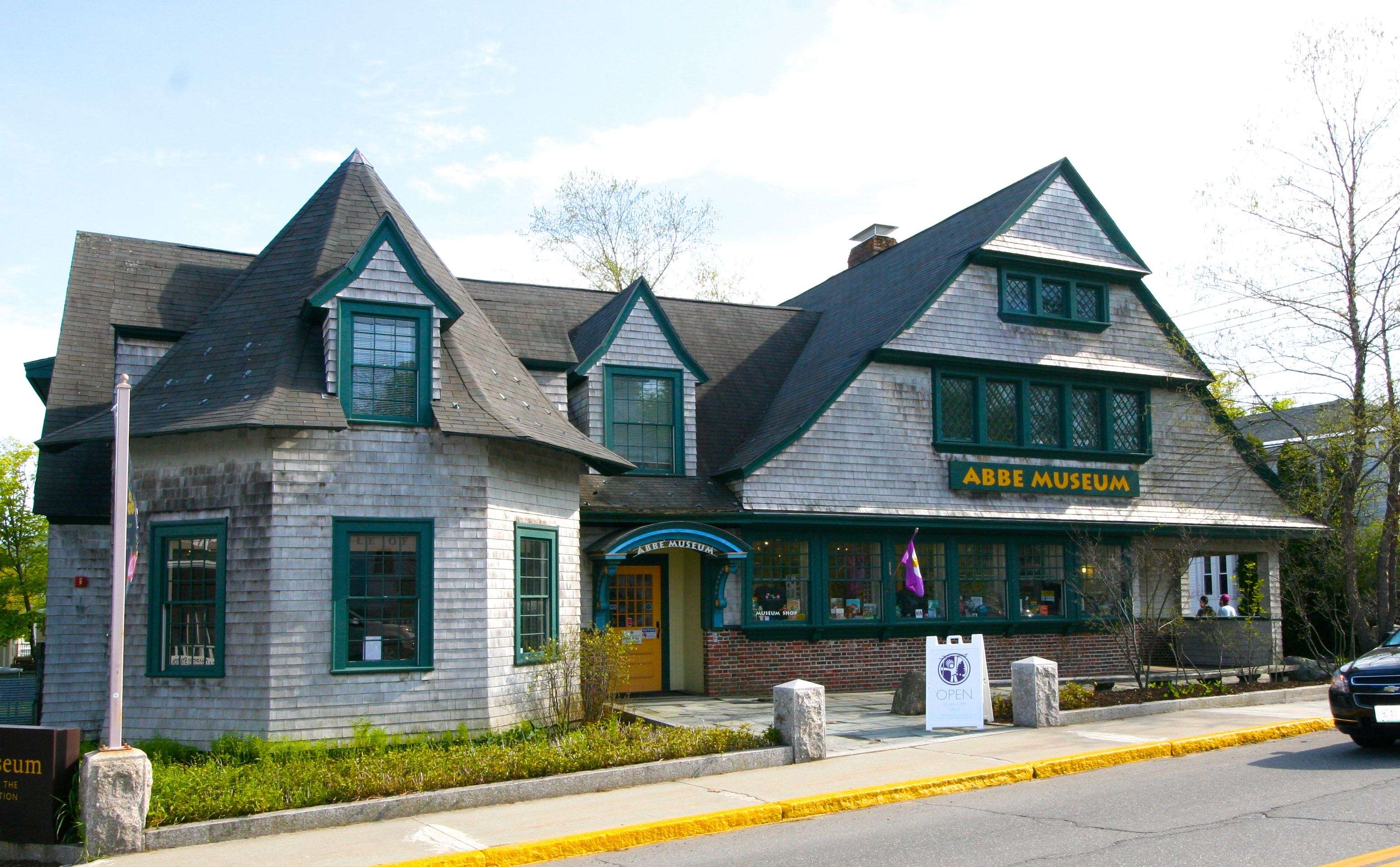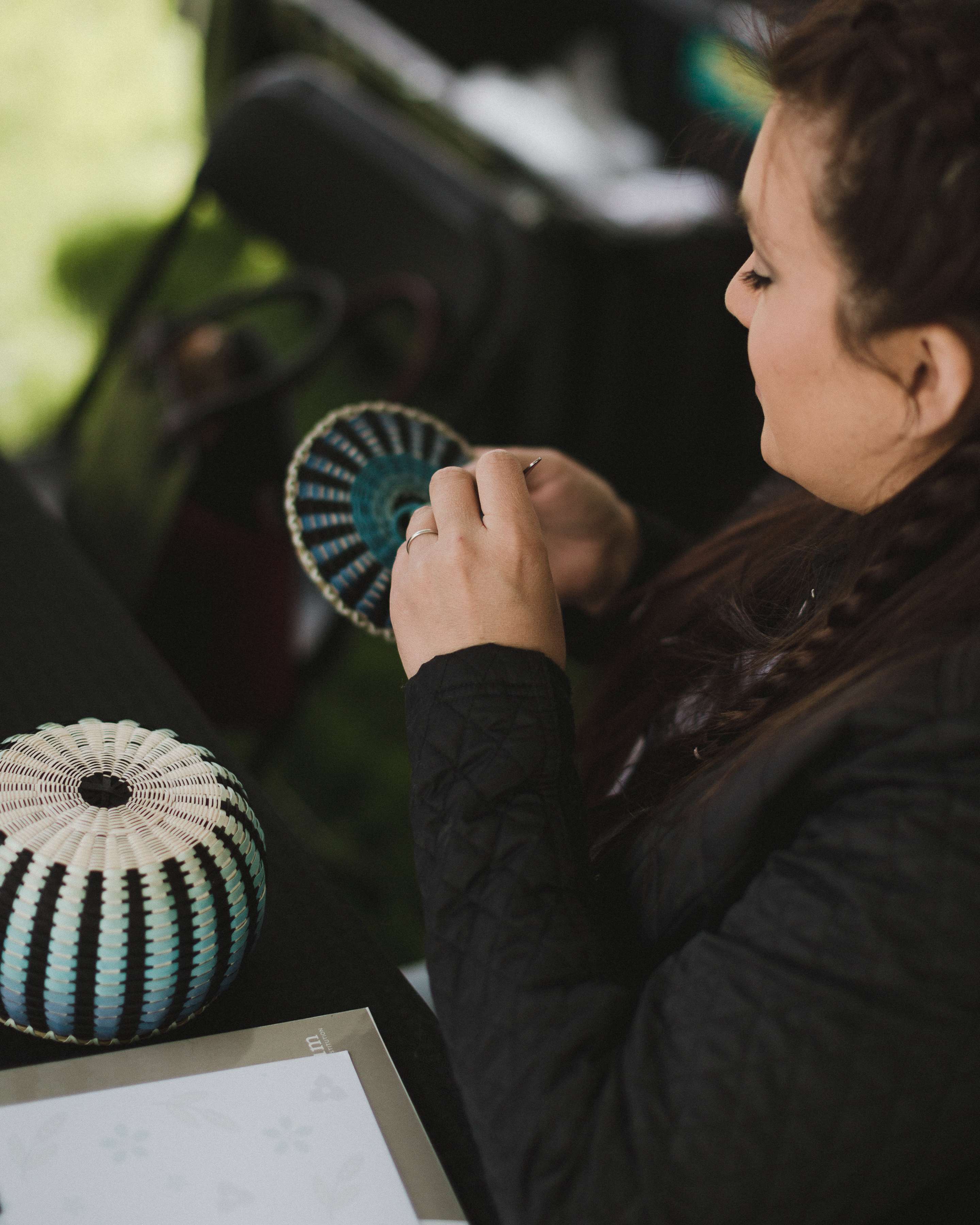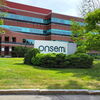
New Abbe Museum head seeks to 'decolonize' museum experience
The new executive director of the Abbe Museum in Bar Harbor seeks to build on his predecessor’s work to “decolonize” the museum’s practices in documenting and interpreting Wabanaki history and experience.
Christopher Newell, a professional museum educator, took the reins March 1.
The Abbe is a museum of Wabanaki art, history and culture, with the mission to inspire new learning about and from the Wabanaki Nations. Founded in 1926 at Sieur de Monts Spring in Lafayette (now Acadia) National Park, the Bar Harbor location is a 17,000-square-foot museum with exhibition galleries, indoor and outdoor program spaces, research lab and state-of-the-art collections storage.
The Abbe’s board of trustees appointed Newell as both executive director and senior partner with Maine's Wabanaki nations, which include the Penobscot, Passamaquoddy, Micmac and Maliseet.
The senior partner designation is a new one that reflects the museum’s commitment to maintaining an active connection with the Wabanaki nations, Newell told Mainebiz.
“People were saying they would love to see the Abbe have a presence in their communities because of the tremendous resource the Abbe is,” he said. “If we’re not connected with them, we’re not doing our job.”
Education consultant
Newell was born and raised in Motahkmikuhk (Indian Township) and is a citizen of the Passamaquoddy tribe.
He has served since 2015 as education supervisor for the Mashantucket Pequot Museum and Research Center in Ledyard, Conn., where his team created educational experiences for more than 30,000 visitors.
Newell and colleagues from the museum also founded the Akomawt Educational Initiative, a majority Native American owned consultancy group and educational support service, to provide native history lessons to public schools, museums and cultural sites. He has appeared in feature films and was senior advisor on the documentary “Dawnland,” which received an Emmy in 2019 for outstanding research. The film chronicles the historic Maine-Wabanaki State Truth and Reconciliation Commission, which examined decades of mistreatment of Maine Indians by child welfare agencies in Maine.
“He is uniquely qualified to advance the Abbe’s vision to reflect and realize the values of decolonization in all of our practices,” board co-chair Margo Lukens said in a news release.
Darren Ranco, professor of anthropology and chair of Native American Programs at the University of Maine who co-chaired the search committee, agreed, saying: “As a seasoned museum professional, and a Wabanaki person, Chris Newell will succeed in telling the story of Wabanaki persistence in Maine and why it matters.”
Founded 1926

The Abbe's core exhibit, People of the First Light, provides visitors with an understanding of Wabanaki history and culture, affirming that there are today and have been Native people in Maine and the wider Wabanaki homeland for more than 12,000 years. The museum also produces the annual Abbe Museum Indian Market in Bar Harbor, to be held May 15-17, celebrating Indian arts and artists from across North America.
Homecoming
The new position is a kind of homecoming for Newell. His father, Wayne Newell, has supported the Abbe’s work for decades.
Throughout Newell’s childhood, he and his father took annual trips to the Abbe to provide performance and education programs. He credited his father as an educator who has helped preserve Wabanaki culture and language.
“It was such a big deal for me to come here,” he said. “I’ve always had a deep affection for the town of Bar Harbor and also for the park. That park is sacred territory in a lot of ways. The mountains are the first place you see the sunlight hitting the continent.”
Newell’s education career began immediately after high school as a substitute teacher during his time as an undergraduate at Dartmouth College in New Hampshire.
He's a long-time member of the Mystic River singers, an inter-tribal powwow drum group based in Connecticut. For more than two decades, he traveled with the group throughout the U.S. and Canada, singing at community powwows and spending time in those communities learning Native music and taking part in community and family events.
“Powwows are intertribal celebrations,” he explained. “These celebrations are a beautiful thing. If you’re a well-known group, you get invited to a lot of places.”
Through that time, the group learned traditional music from territories across the U.S. and Canada, which comprise more than 1,000 native communities, all with diverse cultures.
He earned an interdisciplinary bachelor of general studies degree from the University of Connecticut, which propelled him back to education as a profession.
He served six years as education supervisor for the Mashantucket Pequot Museum and Research Center, where his team led the group experience for over 70,000 guests. Out of the museum, he and colleagues co-founded the Akomawt Educational Initiative in response to observations of the public school system and the lack of representation of Native history and social studies. Akomawt's work goes beyond museum walls and into all areas of education, helping institutions incorporate Native content appropriately into their material. In a short time, Akomawt began taking on clients such as the Haffenreffer Museum, Norman B. Leventhal Map and Education Center and the Museum of Fine Arts in Boston.
“Teaching is something that’s natural to me,” he said. “As an educator, you have to learn how to deliver your material to each audience properly. That meant I had to diversify and become flexible in the way I taught.”
Invisible communities
As an educator, he said, he came to realize that native populations are largely invisible to the general public.
“It’s not uncommon for a child to come into Pequot and think the native populations are dead and gone,” he said. “It’s not their fault. We have a system that sets them up for that. The school system is probably only teaching them Native content when they talk about the explorers and the first Thanksgiving narrative, which is a lie.”
Also, the museums themselves have a “colonized mindset” of how they present information, which props up implicit biases, he said. For example, a museum might have a Native American gallery: a single room with native art confined to glass cases and lacking context.
“So students taking school trips through that gallery are observing that all of these artists are gone,” he said. “That has to change. One thing I loved about my job at the Pequot is that I saw the change happen daily. It tells history from the Pequot perspective, going back 4,000 years. And when visitors leave, they see the modern-day community and how it is now. The Pequots are alive; they’re no longer in a book. That’s what I love about what museums can do.”
Wabanaki collaborations
In 2018, the Abbe received a $169,070 Museums for America grant to continue decolonizing its practices in documenting and interpreting Native American history and experience.
At the time, Newell’s predecessor, Cinnamon Catlin-Legutko, was co-leading the museum’s decolonization initiative, which includes developing policies and protocols to ensure collaboration with Maine’s Wabanaki people.
“The Abbe tells the history of the Wabanaki people and also shows Wabanaki art,” said Newell. “The voice comes from the communities and we’re just presenting the way they want to be presented. What we’re doing is decolonizing the museum experience and re-indigenizing the history, because Native people have largely been written out of American history. That’s one reason why students think we’re dead and gone.”

Newell spoke to a common question that comes to Akomawt.
“It’s a simple question that teachers ask: ‘Do I use the term “Native American” or “American Indian?” Which is right?’” he said. “They’re both wrong. The English language likes to label things, so the word ‘Indian’ gets used. But any generalized term that singularizes the plurality and complexity of native cultures is wrong.”
Alive and vibrant
Newell said it’s important to convey the message that native cultures are alive, vibrant and inclusive. The Abbe is an avenue by which tribally sourced material is delivered, he said.
“It’s not some anthropologist writing an interpretation of native cultures,” he said. “That’s a big part of what decolonizing a museum is about.”
Plans for the future, he said, include building on the Abbe’s unique position of being Maine’s first and only Smithsonian Affiliate.
The Smithsonian Affiliations program, a division of the Smithsonian Institution, establishes long-term partnerships with non-Smithsonian museums and educational and cultural organizations, in order to share collections, exhibitions and educational strategies and conduct joint research.
Newell said his plans include working to strengthen the Abbe’s ties with the program and also with the National Museum of the American Indian.
“We’ve got a tie to our nation’s largest institution,” he said. “We should be exploiting that by creating exhibits and collections that will really wow people and educate in ways they haven’t seen.”
Overall, he said, he’s looking to build on successes.
“The Abbe has been very successful in a lot of ways,” he said. “I want to see impacts. I want people to come in here and say, ‘That was awesome!’ And for it to stick with people.”
He added, “I have a responsibility to connect what we do with Maine’s tribal communities. Bridging that gap will be important to do for the Abbe’s future and also for the future of Maine’s native communities.”










0 Comments